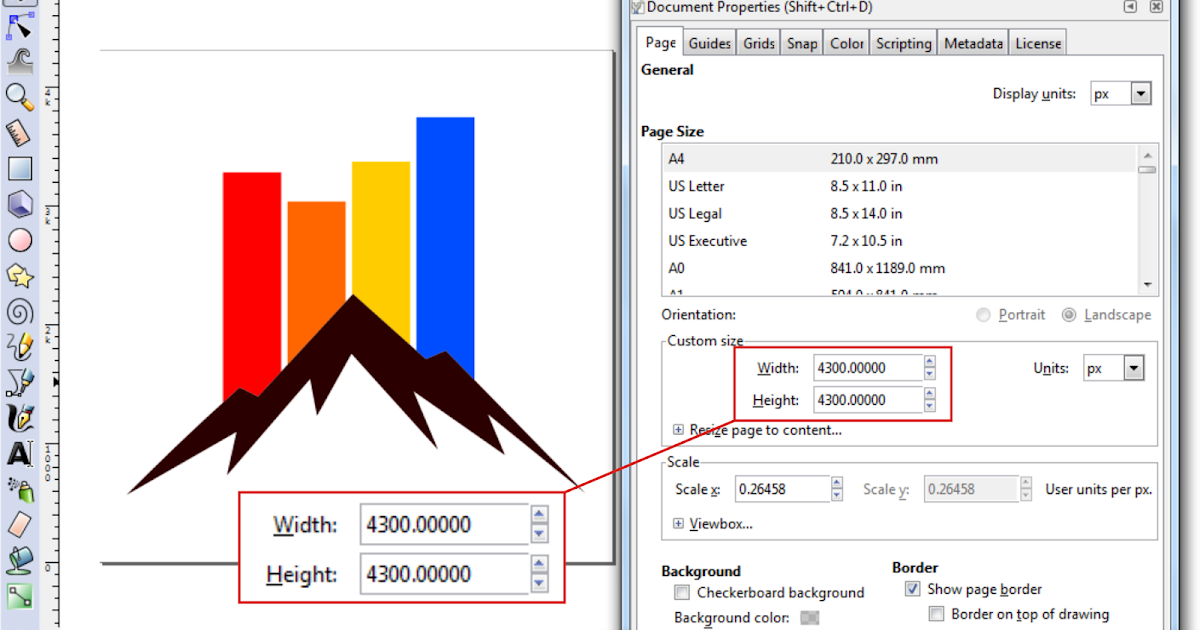

You can change their scale as much as you want, zoom in by thousands, and still, their quality wouldn’t even waver. They are scalable: Scalability is one of their most important features.Remove elements, change the text, edit the size of shapes… everything is possible with vectors, while with raster logos your options are limited. They are editable: They give infinite freedom to a designer and the chance to edit the logo whenever they need it.So, both vector and raster logos seem fine, right? But why do many designers choose vector logos over raster logos? You can read more about the raster file formats in our article about common image file types. The two most common raster file formats are JPG and PNG. This is why they are exported precisely for various purposes and in certain sizes to match the standards of a platform, be it a logo for your website header, a thumbnail, Facebook profile picture, part of QR code design, etc. Because of that exact number of pixels, raster logos look blurry and pixelated when you stretch them. Unlike vector file formats, raster graphics consist of a certain number of colored squares – pixels.


 0 kommentar(er)
0 kommentar(er)
